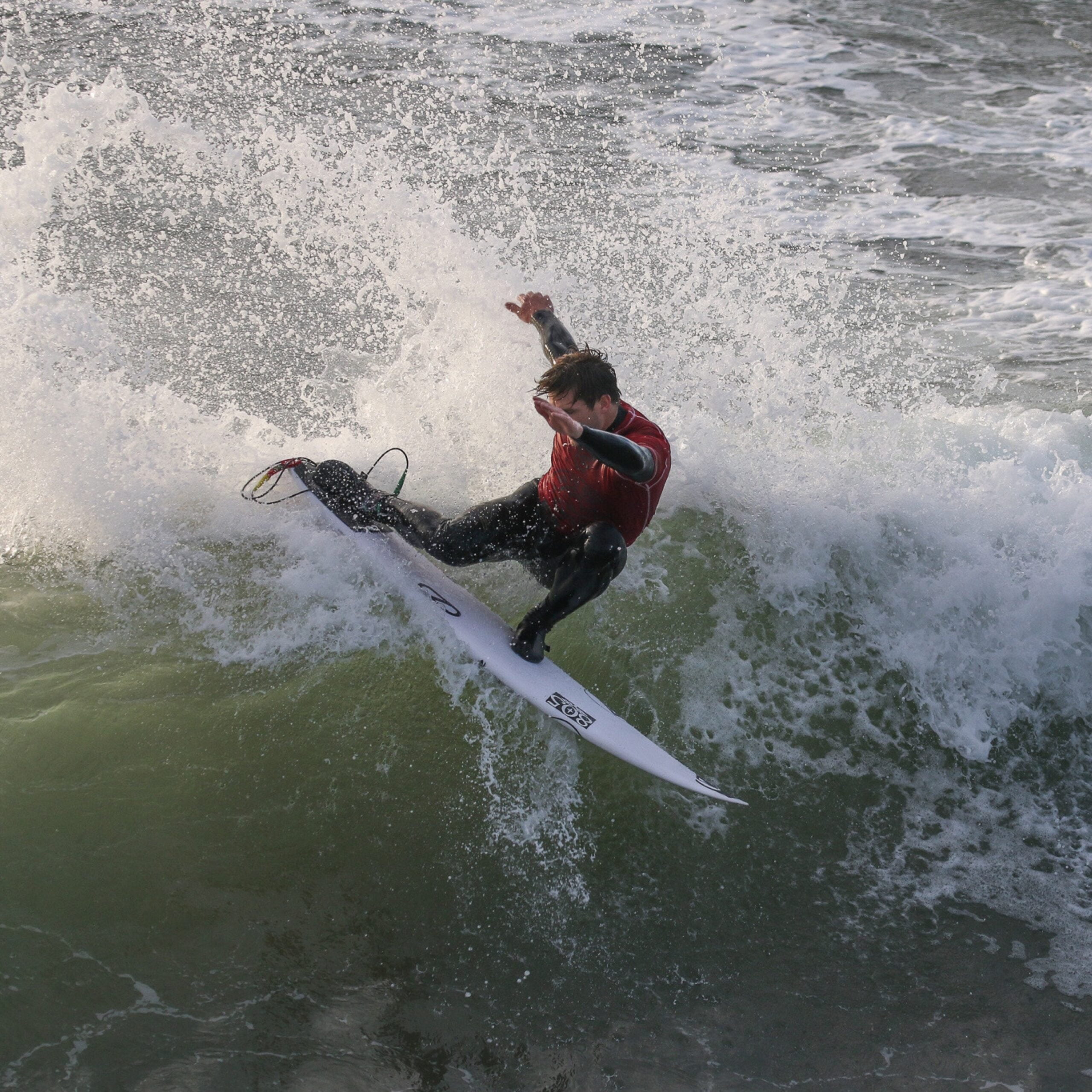U.S. Cities with the Worst Speeding Problem + Fatality Rates
Data from the National Highway Traffic Safety Administration (NHTSA) shows that despite the risks, approximately 70 percent of American drivers report speeding at least some of the time. Each year, speeding kills about 10,000 people and is responsible for nearly 30 percent of all motor vehicle deaths in the U.S.
Fortunately, since 2005, the speeding-related fatal accident rate has decreased nationwide by about 34 percent, from 4.2 to 2.7 per 100,000 people in 2017. While speeding-related deaths among adult drivers declined slightly during that time, those among teenagers fell dramatically.
Between 2005 and 2017, the number of speeding-related fatalities per 100,000 teenagers dropped from 13.2 to 5.8—results that experts partially attribute to increased seatbelt use and decreased drinking and driving.
The CDC Reports that since 2005, the proportion of teens who reported not wearing a seatbelt was cut in half. Similarly, the share of teens who reported riding with a drunk driver fell by 42 percent.
Despite improvements to the speeding fatality rate at the national level, there is significant regional variation. To determine which cities suffer the most from speeding-related fatalities, our researchers at Compare Auto Insurance analyzed data from the National Highway Traffic Safety Administration’s Fatality Analysis Reporting System for the period 2013-2017.
They found that speeding tends to account for a higher percentage of traffic fatalities in the Southeast and Midwest. Additionally, four of the worst 15 cities for speeding are located in California. These are the cities where speeding problems are the worst.
#15 – Charlotte, North Carolina
Share of all traffic fatalities involving speeding (2013-2017): 40.6%
Annual speeding-related fatality rate (2013-2017): 3.8 per 100k
Total speeding-related fatalities (2013-2017): 159
Total traffic fatalities (2013-2017): 392
#14 – Stockton, California
Share of all traffic fatalities involving speeding (2013-2017): 40.7%
Annual speeding-related fatality rate (2013-2017): 3.6 per 100k
Total speeding-related fatalities (2013-2017): 55
Total traffic fatalities (2013-2017): 135
DID YOU KNOW?
Making modifications to your vehicle can impact your car insurance rates. Here are the top 10 Most Modified Vehicles in the U.S.
#13 – Chula Vista, California
Share of all traffic fatalities involving speeding (2013-2017): 41.7%
Annual speeding-related fatality rate (2013-2017): 1.9 per 100k
Total speeding-related fatalities (2013-2017): 25
Total traffic fatalities (2013-2017): 60
#12 – Yonkers, New York
Share of all traffic fatalities involving speeding (2013-2017): 42.1%
Annual speeding-related fatality rate (2013-2017): 1.6 per 100k
Total speeding-related fatalities (2013-2017): 16
Total traffic fatalities (2013-2017): 38
#11 – Fresno, California
Share of all traffic fatalities involving speeding (2013-2017): 42.6%
Annual speeding-related fatality rate (2013-2017): 2.8 per 100k
Total speeding-related fatalities (2013-2017): 72
Total traffic fatalities (2013-2017): 169
#10 – Aurora, Colorado
Share of all traffic fatalities involving speeding (2013-2017): 42.9%
Annual speeding-related fatality rate (2013-2017): 2.9 per 100k
Total speeding-related fatalities (2013-2017): 51
Total traffic fatalities (2013-2017): 119
RELATED
Regardless of your driving record, we can help you find an auto policy that fits your needs. Our research team has put together a list of the top 10 auto insurance companies, many of which offer car insurance for high-risk drivers.
#9 – Chicago, Illinois
Share of all traffic fatalities involving speeding (2013-2017): 43.4%
Annual speeding-related fatality rate (2013-2017): 2.0 per 100k
Total speeding-related fatalities (2013-2017): 278
Total traffic fatalities (2013-2017): 640
#8 – Milwaukee, Wisconsin
Share of all traffic fatalities involving speeding (2013-2017): 47.3%
Annual speeding-related fatality rate (2013-2017): 4.4 per 100k
Total speeding-related fatalities (2013-2017): 131
Total traffic fatalities (2013-2017): 277
#7 – Saint Louis, Missouri
Share of all traffic fatalities involving speeding (2013-2017): 48.6%
Annual speeding-related fatality rate (2013-2017): 7.7 per 100k
Total speeding-related fatalities (2013-2017): 121
Total traffic fatalities (2013-2017): 249
#6 – Washington, District Of Columbia
Share of all traffic fatalities involving speeding (2013-2017): 49.2%
Annual speeding-related fatality rate (2013-2017): 1.8 per 100k
Total speeding-related fatalities (2013-2017): 61
Total traffic fatalities (2013-2017): 124
#5 – Plano, Texas
Share of all traffic fatalities involving speeding (2013-2017): 49.2%
Annual speeding-related fatality rate (2013-2017): 2.2 per 100k
Total speeding-related fatalities (2013-2017): 31
Total traffic fatalities (2013-2017): 63
#4 – Fontana, California
Share of all traffic fatalities involving speeding (2013-2017): 50.7%
Annual speeding-related fatality rate (2013-2017): 3.5 per 100k
Total speeding-related fatalities (2013-2017): 36
Total traffic fatalities (2013-2017): 71
#3 – Cleveland, Ohio
Share of all traffic fatalities involving speeding (2013-2017): 51.9%
Annual speeding-related fatality rate (2013-2017): 4.8 per 100k
Total speeding-related fatalities (2013-2017): 94
Total traffic fatalities (2013-2017): 181
TRENDING
What vehicle you drive is one of the most important factors in determining car insurance rates. Use our auto insurance quote tool to find car insurance rates for popular vehicles like the Mercedes Benz SLK or others.
#2 – Irving, Texas
Share of all traffic fatalities involving speeding (2013-2017): 52.2%
Annual speeding-related fatality rate (2013-2017): 4.1 per 100k
Total speeding-related fatalities (2013-2017): 48
Total traffic fatalities (2013-2017): 92
#1 – North Las Vegas, Nevada
Share of all traffic fatalities involving speeding (2013-2017): 53.9%
Annual speeding-related fatality rate (2013-2017): 3.5 per 100k
Total speeding-related fatalities (2013-2017): 41
Total traffic fatalities (2013-2017): 76
Methodology & Detailed Findings
Fatality statistics were obtained from the National Highway Traffic Safety Administration’s Fatality Analysis Reporting System for the period 2013-2017. City and state population statistics were obtained from the U.S. Census Bureau’s American Community Survey.
The following definitions were used in categorizing accidents by location in order to simplify interpretations:
-Freeway = Interstate + Non-Interstate Freeway + Expressway
-Major highway = Non-Interstate Other Principal Arterial
-Minor highway = Non-Interstate Minor Arterial
-Primary street = Collector + Local
Fatalities per 100k residents were calculated as the sum of fatalities for 2013-2017 divided by the sum of the populations for the same years, multiplied by 100,000. Only cities with at least 200,000 residents and more than one speeding-related fatality were included in the analysis.
Cities were ranked according to the percentage of all motor vehicle fatalities that had at least one vehicle speeding prior to the accident. In the event of a tie, cities with higher speeding-related fatality rates were ranked higher.
Location is not the only factor that influences the likelihood of fatal crashes due to speeding.
The rate of speeding-related fatalities also differs by demographics. About 75 percent of drivers involved in speeding-related fatal accidents are male, regardless of age. According to the IIHS, men usually drive more miles than women and are also more likely to engage in other risky driving behaviors such as not using seatbelts and driving under the influence of alcohol, which all contribute to higher fatality rates.
While speeding-related fatality rates vary across cities, rural roads, in general, have significantly higher rates of fatalities caused by speeding when compared to urban roads. Even though rural roads only account for about 30 percent of miles traveled in the U.S., they represent about 50 percent of speeding-related fatalities.
Historically, rural roads have had higher posted speed limits, which correlate to higher rates of speeding and higher fatality rates. Compared to urban roads, rural roads also have a higher incidence of rollover crashes, which can be caused by speeding. Furthermore, rural drivers might have less access to prompt medical attention after an accident, which increases the likelihood of death after injury.
Speed kills, but the recent decreases in speeding-related fatalities are promising. To equip law enforcement with the tools they need to reduce speeding on the road, the NHTSA works with local jurisdictions around the country to provide training in enforcing traffic laws.
Some of the methods that law enforcement officers use to detect speeding include radar, laser devices, VASCAR, and speed cameras.
Additionally, certain cities like Boston have experimented with lowering speed limits to reduce speed-related accidents.
Furthermore, some automakers have installed intelligent speed assistance (ISA) systems within cars to help drivers better monitor their own speed, and some auto insurance companies offer discounts for drivers who slow down. Tackling the speeding problem will require continued efforts from individuals, industry, law enforcement, and legislators.


















